Introduction
The art of crafting homemade beverages, especially those infused with natural fruits, has seen a resurgence in recent years as people seek healthier alternatives to commercially produced drinks. Among the myriad of fruit wines, red bayberry wine (made from the fruit of the wax myrtle, or Myrica rubra) stands out for its unique flavor profile and health benefits. Red bayberries are native to China and other parts of East Asia, known for their bright red hue, tart-sweet taste, and high nutritional value. When fermented into wine, they offer a delightful blend of tartness and sweetness, making it an excellent choice for both casual sipping and festive occasions.
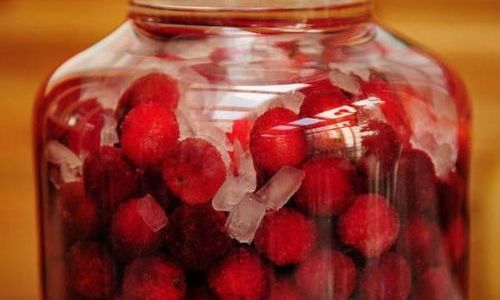
One question that often arises among enthusiasts of red bayberry wine is whether adding brown sugar to the fermentation process or as a sweetener post-fermentation will alter the wine’s characteristics. This inquiry touches upon the broader topic of sugar’s role in fermentation, its impact on the final product, and the potential benefits or drawbacks of using brown sugar specifically. This article delves into these aspects, exploring the science and art behind making red bayberry wine with brown sugar.
Understanding the Basics of Fermentation
Before discussing the effects of brown sugar on red bayberry wine, it’s crucial to understand the basics of fermentation. Fermentation is a biochemical process where yeast converts sugars into alcohol and carbon dioxide. In the context of wine-making, this process primarily involves grape or fruit sugars (such as those in red bayberries) being broken down by yeast.
The quality of the final wine depends on several factors, including the type and quality of fruit, yeast strain used, fermentation conditions (temperature, oxygen exposure), and any additives or ingredients introduced during the process. Sugar plays a pivotal role here, as it serves as the primary substrate for yeast metabolism, directly influencing the alcohol content and sweetness level of the wine.
Types of Sugar in Wine-Making
In wine-making, various types of sugar can be used, each with its own set of characteristics and potential impacts on the final product. Common options include:
-
Grape Sugar (Natural): This is the sugar naturally present in grapes (or, in this case, red bayberries). It is the most authentic and traditional source, providing a balanced sweetness and acidity profile.
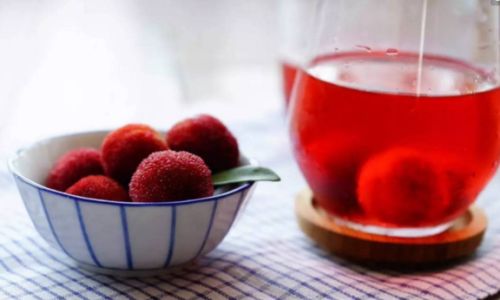
-
White Sugar (Sucrose): Refined and pure, white sugar is often used when additional sweetness is desired without introducing complex flavors. It ferments cleanly, producing a predictable increase in alcohol content.
-
Brown Sugar: Unlike white sugar, brown sugar retains some molasses, giving it a richer flavor and darker color. This added complexity can influence the wine’s taste and aroma.
-
Honey and Maple Syrup: These natural sweeteners add unique flavors and colors, often used in specialty wines to create distinct profiles.
The Role of Brown Sugar in Red Bayberry Wine
Adding brown sugar to red bayberry wine can have several potential impacts, ranging from altering the wine’s sweetness and alcohol content to influencing its color, aroma, and overall taste profile. Let’s explore these effects in detail.
Sweetness and Alcohol Content
Brown sugar, like any other sugar, serves as a food source for yeast during fermentation. When added to the must (the mixture of crushed fruit, sugar, water, and yeast), it increases the overall sugar content, which yeast will convert into alcohol. Therefore, the primary effect of adding brown sugar is to boost the wine’s alcohol content.
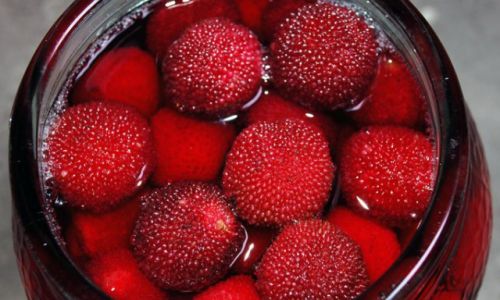
However, if the fermentation is stopped before all the sugar is consumed (a technique used to retain some sweetness in the wine), brown sugar will also contribute to the wine’s residual sugar level, making it sweeter. This can be desirable for those who prefer a sweeter wine or for balancing the tartness of red bayberries.
Color and Aroma
Brown sugar’s darker hue and molasses content can subtly influence the wine’s color, making it slightly darker or more amber-toned. This change can add visual appeal and contribute to the wine’s overall presentation.
More importantly, the molasses in brown sugar contains various flavor compounds, such as caramel, butterscotch, and toffee notes. These flavors can carry through to the wine, adding complexity and depth to its aroma and taste. While some may find these flavors appealing, others might prefer a cleaner, more fruit-forward profile typical of wines made with just natural fruit sugars.
Taste Profile
The taste profile of red bayberry wine with brown sugar will be a blend of the fruit’s inherent tartness and sweetness, enhanced by the caramelized notes from the molasses. This blend can create a wine that is both refreshing and indulgent, with a rich mouthfeel and lingering finish.
However, it’s important to note that the exact taste outcome will depend on the ratio of brown sugar to natural fruit sugars, the fermentation duration, and the yeast strain used. Too much brown sugar can overpower the delicate flavors of the red bayberries, leading to a wine that tastes more like a spiced rum than a fruit wine. Conversely, too little may have a negligible impact, leaving the wine tasting largely unchanged.
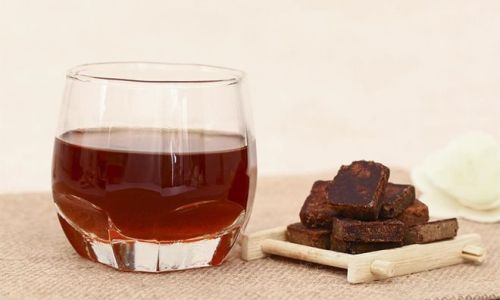
Fermentation Dynamics
Adding brown sugar can also affect the fermentation dynamics, particularly the yeast’s activity and the production of by-products. Yeast prefers simple sugars like glucose and fructose, which are abundant in natural fruit sugars. Brown sugar, being a complex sugar (sucrose with molasses), may require more time and energy for yeast to break down, potentially slowing down the fermentation process.
Moreover, molasses contains trace minerals and other nutrients that can influence yeast metabolism, potentially affecting the production of volatile compounds that contribute to the wine’s aroma and flavor. These changes can be subtle but significant, especially in wines where the goal is to highlight specific aroma notes or flavors.
Practical Considerations for Using Brown Sugar
When deciding whether to add brown sugar to your red bayberry wine, consider the following practical aspects:
- Taste Preferences: Determine whether you prefer a sweeter, more complex wine or one that highlights the natural flavors of the red bayberries.
- Fermentation Control: Be prepared to adjust fermentation conditions, such as temperature and yeast nutrition, to accommodate the slower breakdown of brown sugar.
- Monitoring and Testing: Regularly monitor the fermentation process, testing for sugar levels, alcohol content, and taste profile to ensure the desired outcome.
- Experimentation: Consider experimenting with different quantities of brown sugar to find the optimal balance for your taste preferences and wine style.
Conclusion
Adding brown sugar to red bayberry wine is a creative way to enhance its sweetness, alcohol content, color, aroma, and taste profile. While it can add complexity and depth, it also requires careful consideration of fermentation dynamics and taste preferences. By understanding the science behind sugar’s role in fermentation and experimenting with different quantities, enthusiasts can create unique and delightful red bayberry wines that cater to their specific tastes and styles.
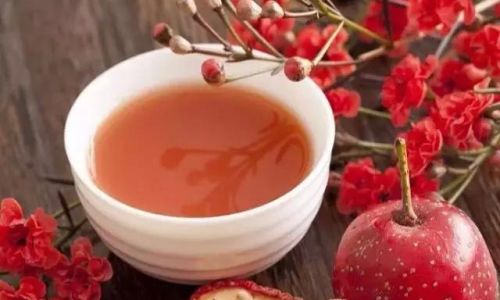
Ultimately, the decision to use brown sugar in red bayberry wine is a matter of personal preference and creative expression. Whether you seek a traditional, fruit-forward wine or a more indulgent, complex experience, the art of wine-making lies in finding the perfect balance between nature’s bounty and human ingenuity. With patience, experimentation, and a love for the process, the possibilities are endless.
This article has explored the multifaceted impact of adding brown sugar to red bayberry wine, delving into the science of fermentation, the characteristics of different sugars, and the practical considerations for wine-makers. By understanding these aspects, enthusiasts can make informed decisions about their wine-making practices, crafting beverages that are not only delicious but also reflect their unique vision and creativity.
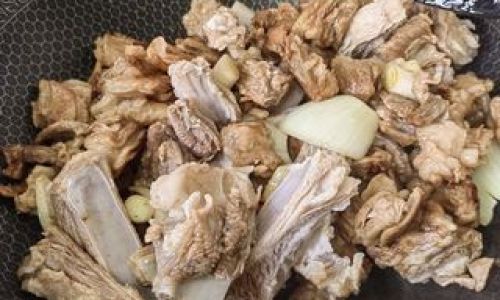
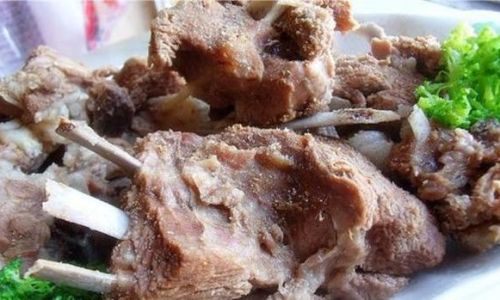
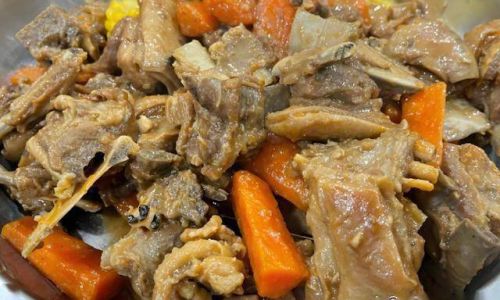


0 comments